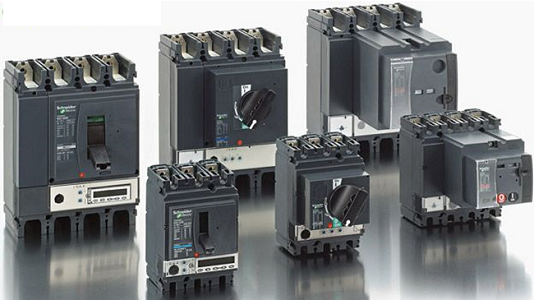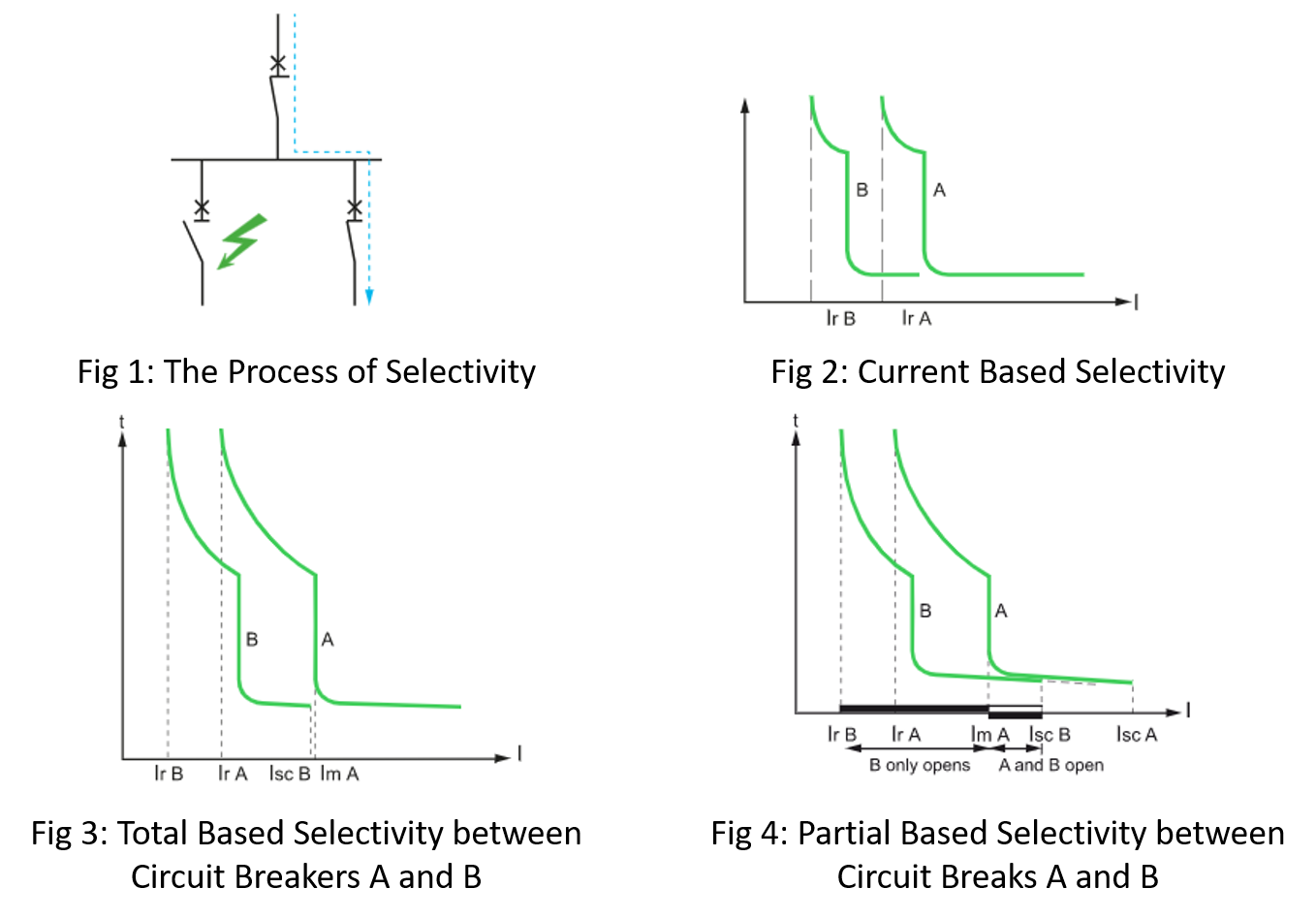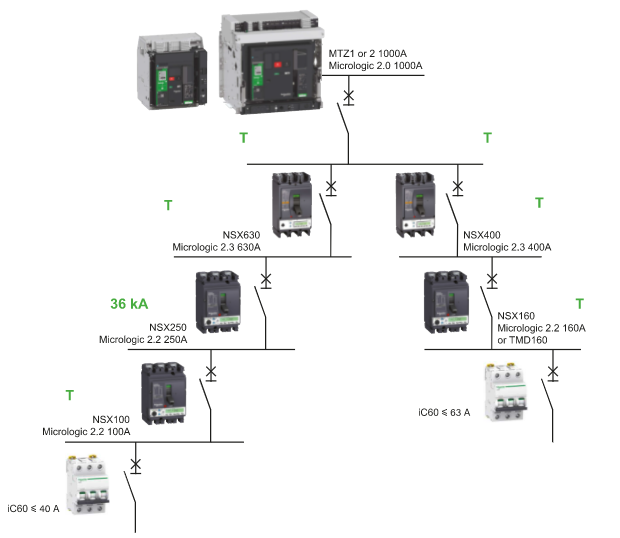In our latest series, we’re discussing the cascading of circuit breakers.
In Part 1, we give an explanation of what cascading is, its advantages, and the conditions required to implement cascading.
This second and final instalment in the series touches on the topic of selectivity, by giving an overview on how it can be enhanced in your system by the implementation of cascading circuit breakers.
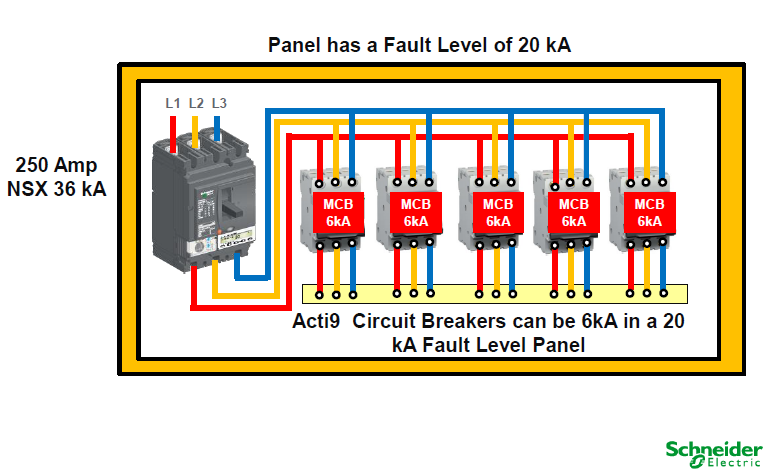
What does Cascading with Enhanced Discrimination of Circuit Breakers mean?
- It is the selection of Circuit Breakers to guarantee the Circuit Breaker closest to the fault is the ONLY Breaker to isolate a fault.
- This selection is done by the manufacturers’ cascading with enhanced discrimination charts.
- The MAIN Circuit Breaker in the panel must be double the Amperage of the lower breakers.
- The Circuit Breakers below can be of a much LOWER kA rating to have the cascading effect.
- These systems can be designed and implemented for industrial and utility applications.
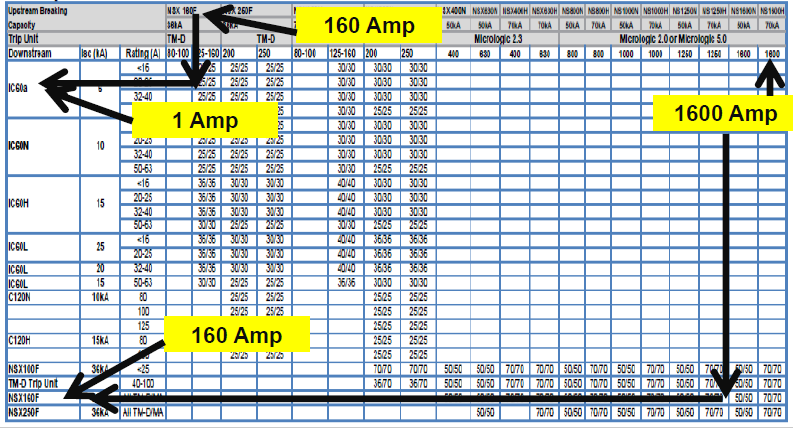
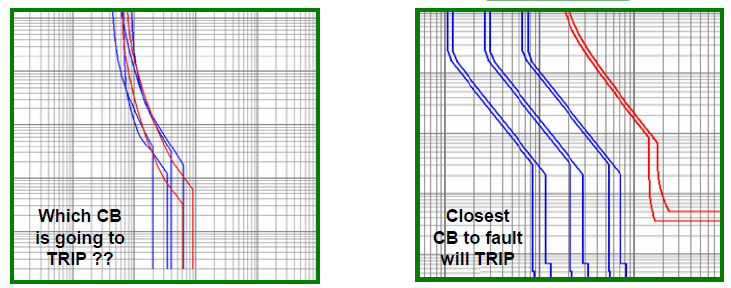
What is Selectivity?
Selectivity is performed with the use of overcurrent and earth fault protection devices. If a fault condition occurs at any point of the installation, it should be cleared by the protective device that is located immediately upstream of the fault, whilst the other protective devices remain unaffected. Refer to Figure 1 below.
Selectivity is a requirement for an installation that supplies a critical load, where a fault on one circuit should not cause an interruption on the supply of other circuits. To achieve selectivity, it is vital that the maximum short-circuit current at a point of the installation be less than the selectivity limit of the circuit breakers that supply that point of the installation.
Selectivity is required to be checked for all circuits that are supplied by one source and for the following faults:
- Overload Faults
- Short-Circuit Faults
- Earth Faults
What is Current Based Selectivity?
Current based selectivity is performed by allowing successive tripping thresholds, at stepped levels from downstream circuits that have a lower setting, towards the source which has a higher setting. Refer to Figures 2 to 4 below.
What is Time Based Selectivity?
Time based selectivity is obtained by adjusting the time-delayed tripping units so that the relays downstream have the shortest operating times with progressively longer delays towards the source. As seen in the picture below, the upstream circuit breaker A is delayed sufficiently to ensure total selectivity with circuit breaker B.
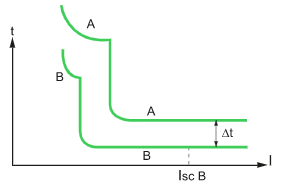
The above diagram is a practical example of selectivity using circuit breakers.
How is Selectivity Enhanced by Cascading?
Cascading between two circuit breakers is performed by using the tripping of the upstream circuit breaker A, to assist circuit breaker B to break the current.
The principle for this is as follows:
- In the event of the downstream circuit breaker B seeing a very high magnitude short-circuit current. The tripping action will be very fast (<1 ms) which will result in the current being limited.
- The circuit breaker (A), which is located upstream, will see a limited short-circuit current when compared to its breaking capability, but this current will induce a repulsion of the contacts. It will subsequently result in the arcing voltage increasing the current limitation. This arc energy will not be high enough to induce the tripping of the circuit breaker. Thus, circuit breaker A will assist circuit breaker B to trip, without tripping itself. The selectivity limit can be greater than the rated breaking capacity of circuit breaker B, thus resulting in the selectivity becoming total with a reduced cost of the devices.
Resources:
1. Do you enjoy reading our articles? SUBSCRIBE to get these straight to your inbox!
2. DOWNLOAD a selectivity, cascading and co-ordination guide
3. Need advice on a product? CHAT to our team for more on circuit breakers.
Sources:
https://www.electrical-installation.org/enwiki/Coordination_between_circuit-breakers
https://www.linkedin.com/pulse/everything-you-need-know-cascading-boris-fuchs/


